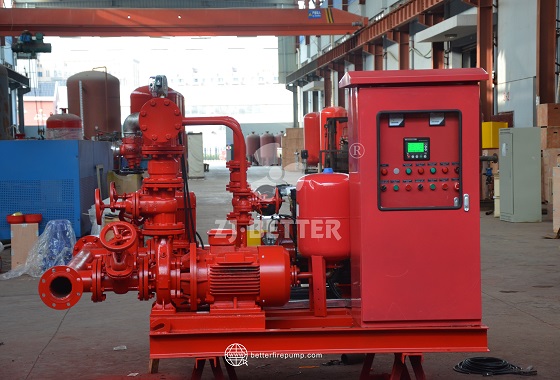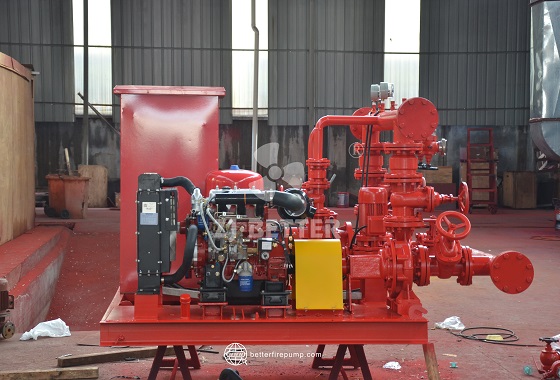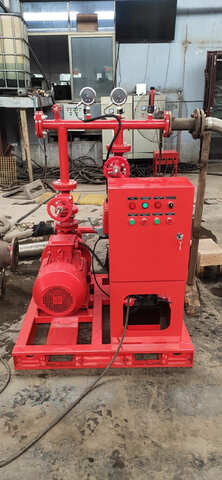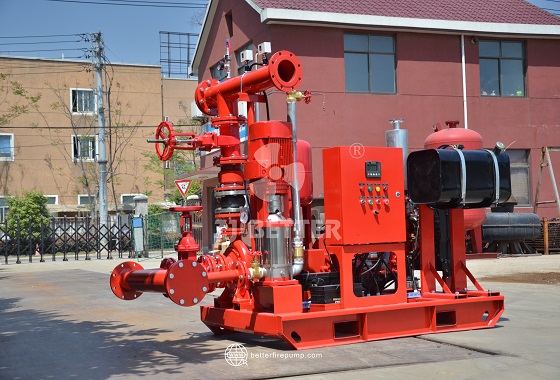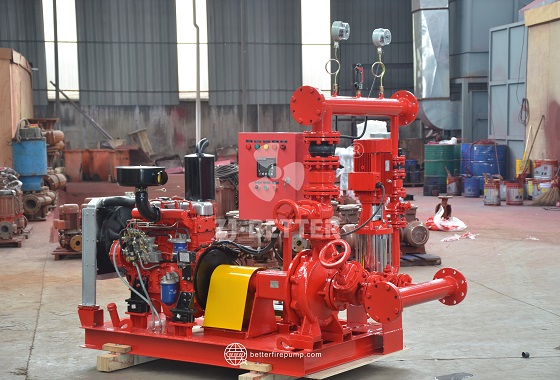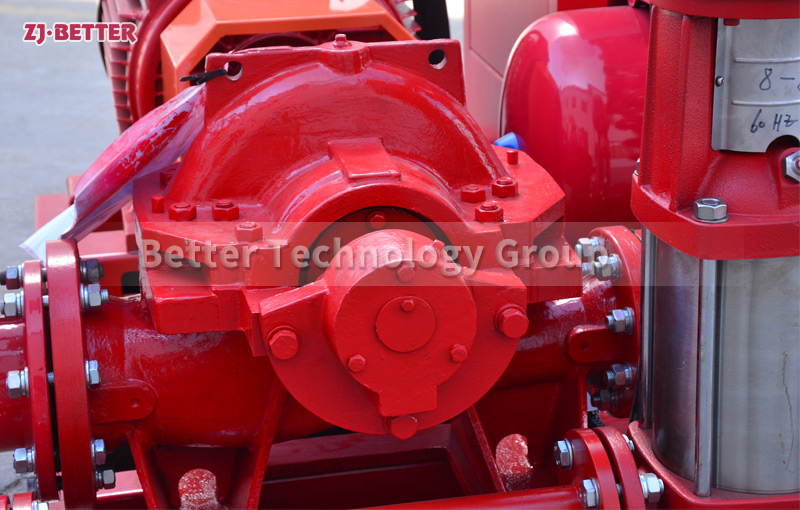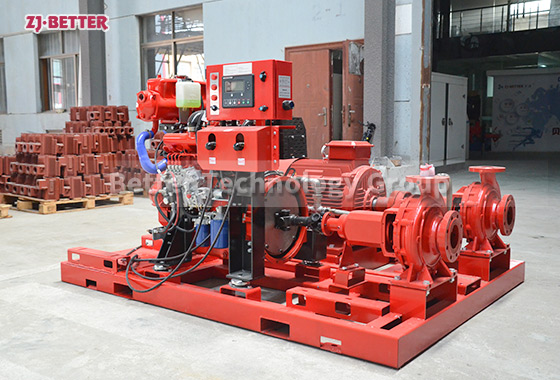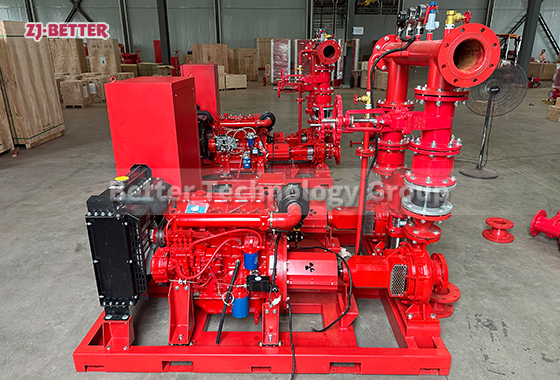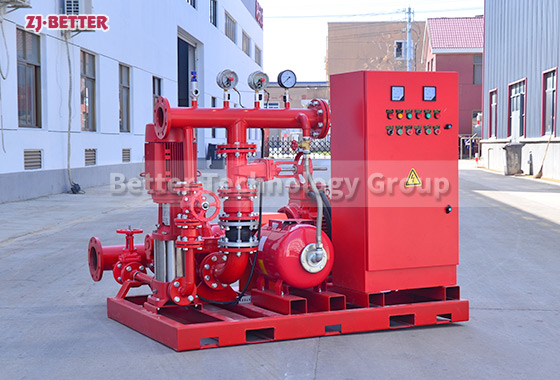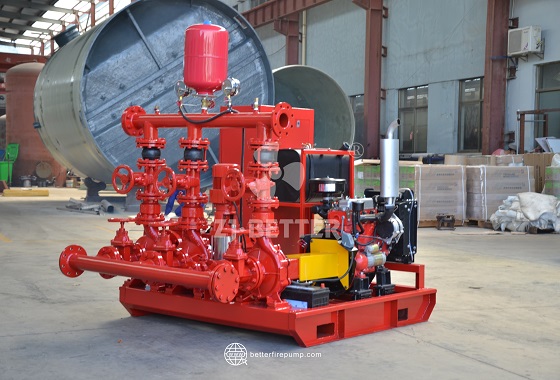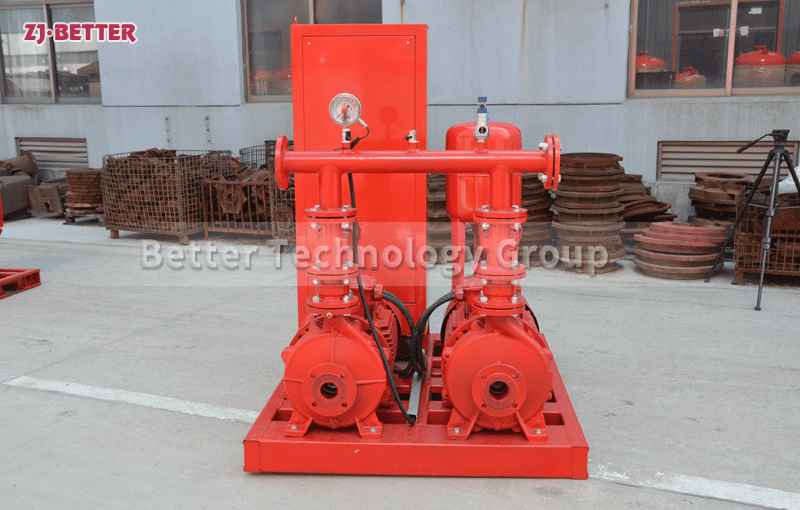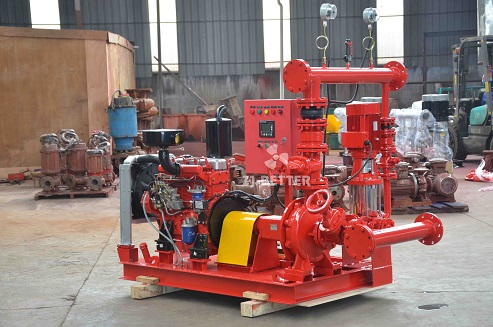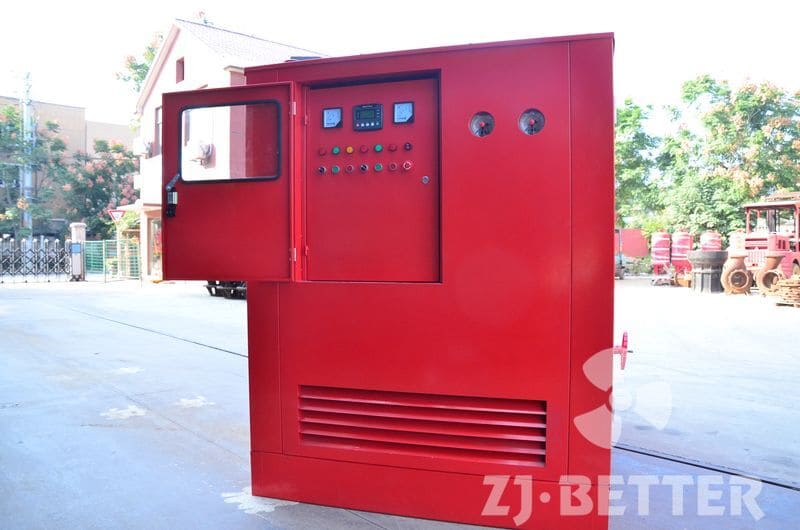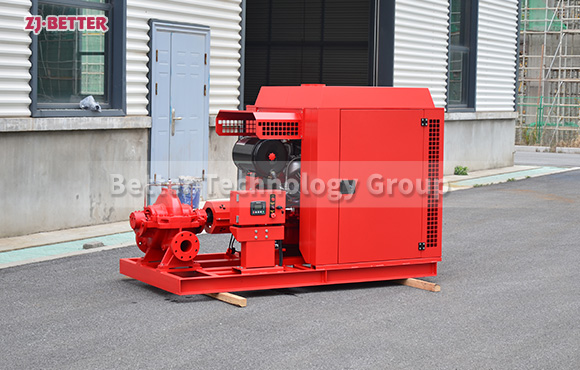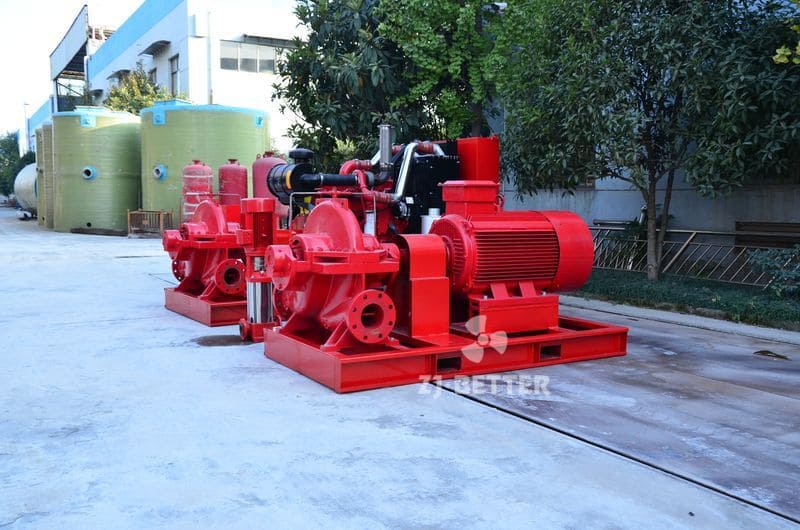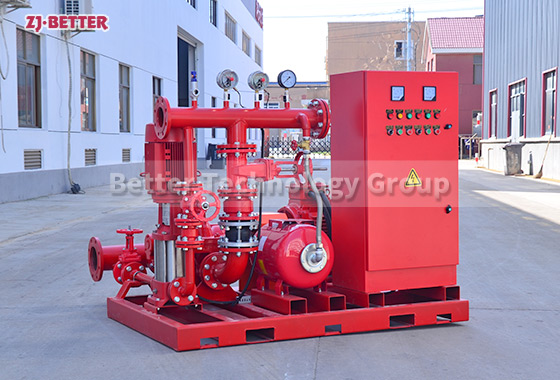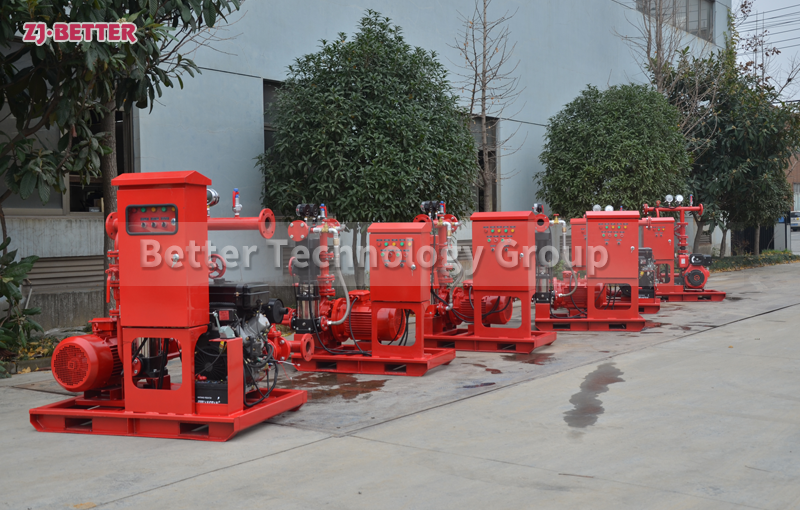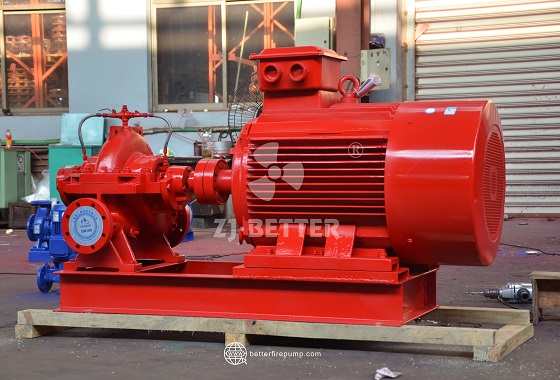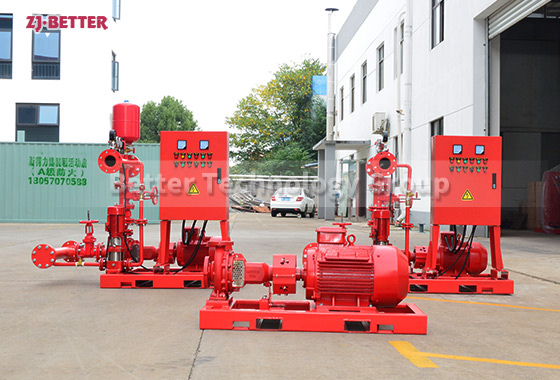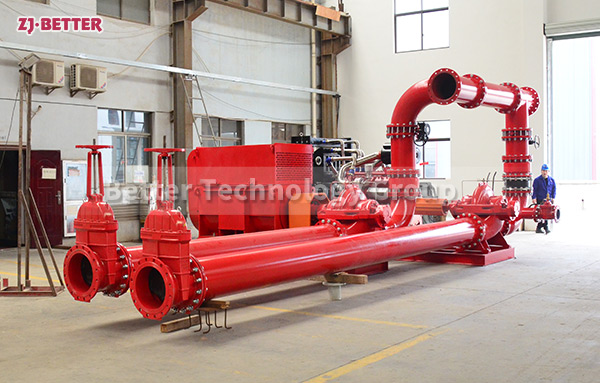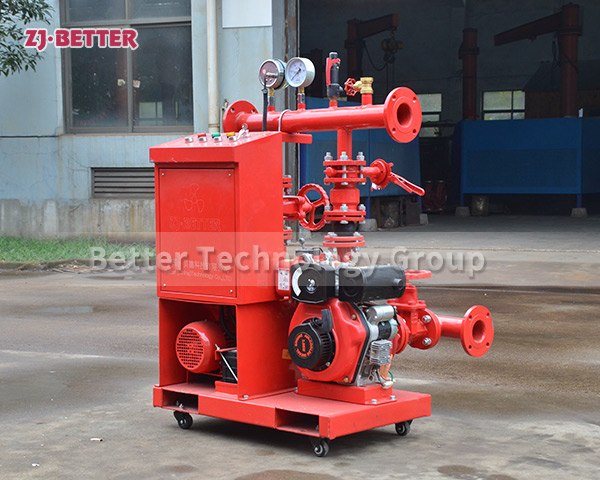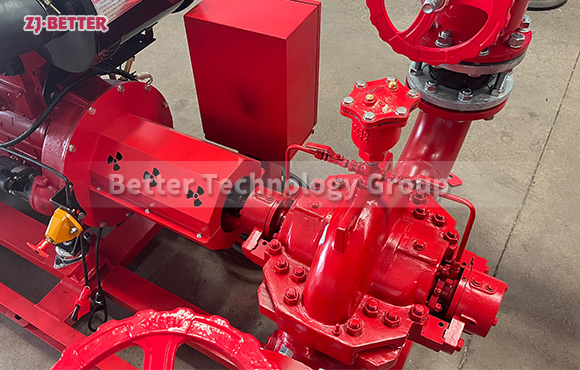Dual Emergency and Normal Modes: Wide Applications of Fire Pump Systems in Industrial and Civil Fields
Intelligent electric fire pumps have high efficiency, stability and intelligent control as their core advantages. They have functions such as fast start-up, continuous water supply, energy saving and environmental protection, and remote monitoring. They are widely used in high-rise buildings, industrial parks, public facilities, warehousing and logistics, and other places to ensure fire safety at critical moments.
In modern society, fire safety has become an integral part of urban development and industrial operations. As core water supply equipment, fire pump systems, with their unique dual-mode capabilities for both emergency and normal operations, are crucial for ensuring the safety of buildings and facilities. Compared to traditional single-purpose equipment, the new generation of fire pump systems not only responds quickly to emergencies like fires, ensuring stable, high-pressure water supply, but also provides auxiliary water supply, maintains pipe network pressure, and ensures production continuity during daily operation. This dual-mode design has broad application value in both civil and industrial applications, and is a key trend in the future development of fire protection systems. The performance of fire pump systems in emergency situations is particularly critical. When a fire occurs, the system can quickly enter operation through an automatic start-up mechanism. Even in the event of an external power outage, it can rely on an independent power source or backup solution to ensure continuous water supply, preventing the spread of fire due to delays. The high-efficiency pump design ensures stable water flow and sufficient pressure, meeting the needs of sprinkler and fire hydrant systems in diverse scenarios such as high-rise buildings, industrial plants, and warehouses, thereby maximizing the protection of people and property. In normal operation, fire pumps serve not only as standby tools for emergency response, but also as a means of maintaining base water pressure in buildings or industrial pipe networks, preventing low water pressure from impacting daily water use. Some pump units also feature energy-saving speed regulation, allowing them to adjust operating power based on real-time demand, reducing energy consumption and improving efficiency. This flexibility offers significant advantages in terms of energy conservation, environmental protection, and operational economy. For industrial sites, fire pump systems can also function as auxiliary production equipment in normal operation, ensuring water supply to cooling systems and maintaining stable fluid flow in production processes, thus realizing the value of “one machine for multiple uses.” Technological advancements are also a key feature of modern fire pump systems. Many units are equipped with intelligent control systems and remote monitoring platforms, enabling managers to monitor operating status in real time, including critical data such as flow, pressure, and temperature, ensuring optimal system performance. In the event of an anomaly, the system automatically generates an alarm and switches to a different operating mode, minimizing risk. This functionality not only enhances the reliability of emergency response but also optimizes the efficiency of daily management, making it particularly suitable for large commercial complexes, industrial parks, and high-risk production environments. In addition to its performance advantages, fire pump systems are also designed for high adaptability. The modular and integrated layout facilitates installation and maintenance, saving space and time. This compact design is particularly valuable in high-density urban environments. Furthermore, the system’s noise reduction and durability meet environmental and sustainable development requirements, ensuring long-term stable operation without disrupting the surrounding environment. Fire pumps have a wide range of applications. In residential buildings, they are widely used in high-rise residential buildings, hospitals, schools, and large shopping malls, ensuring rapid and sufficient water supply in the event of a fire. In the industrial sector, they serve as a critical safety barrier in petrochemical plants, power facilities, warehousing and logistics centers, and heavy manufacturing. This cross-sector applicability stems from the fire pump system’s powerful performance combination, enabling it to meet the dual needs of safety and efficiency for diverse users. In the future, with the development of smart cities and intelligent industries, fire pump systems will continue to expand their dual-mode approach, operating in both emergency and normal operations. Their integration with technologies such as the Internet of Things and big data will further enhance automation, shifting from simple firefighting to comprehensive water resource management and energy optimization. This will not only enhance the overall value of the equipment but also provide more comprehensive safety and operational assurance for industrial and residential facilities. In summary, fire pump systems, with their unique advantages of operating in both emergency and normal modes, have become irreplaceable core equipment in both industrial and civilian sectors. In emergencies, they safeguard life and property with rapid startup and efficient water supply. In normal operation, they enhance their value and efficiency with energy-saving operation and multifunctional applications. With continued technological advancement and expanding market demand, fire pump systems are poised to play an even more crucial role in future safety and operational management, becoming a trusted core of security for urban and industrial development.

